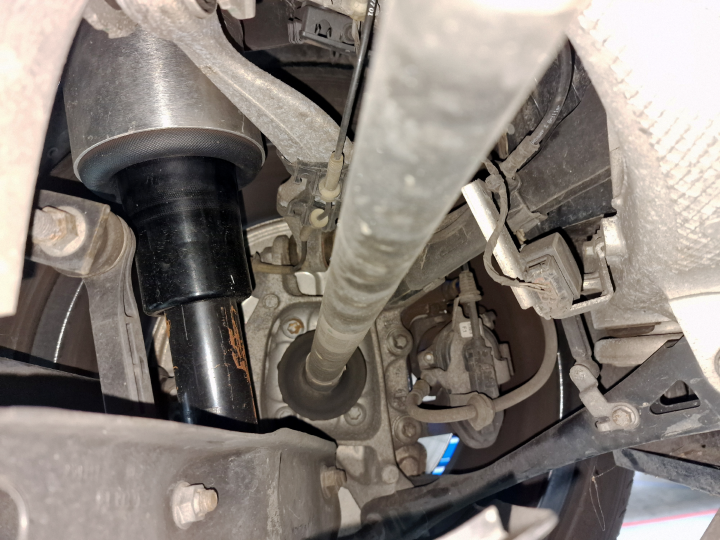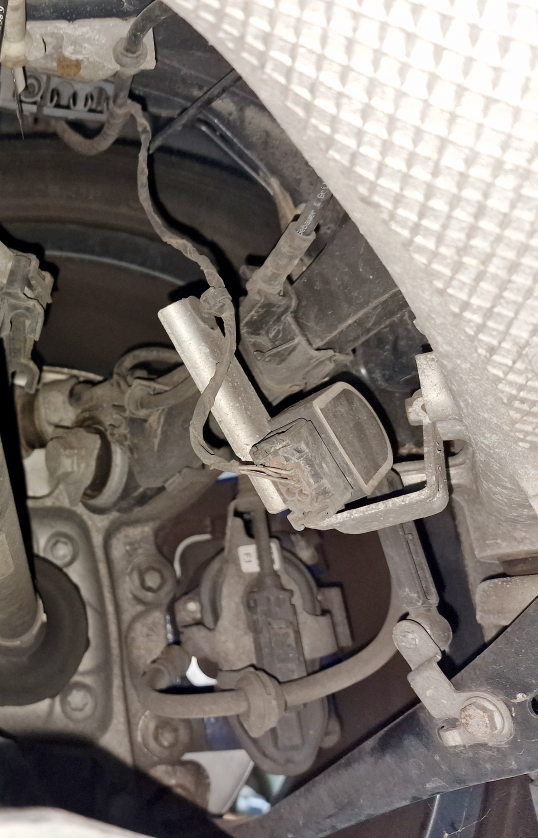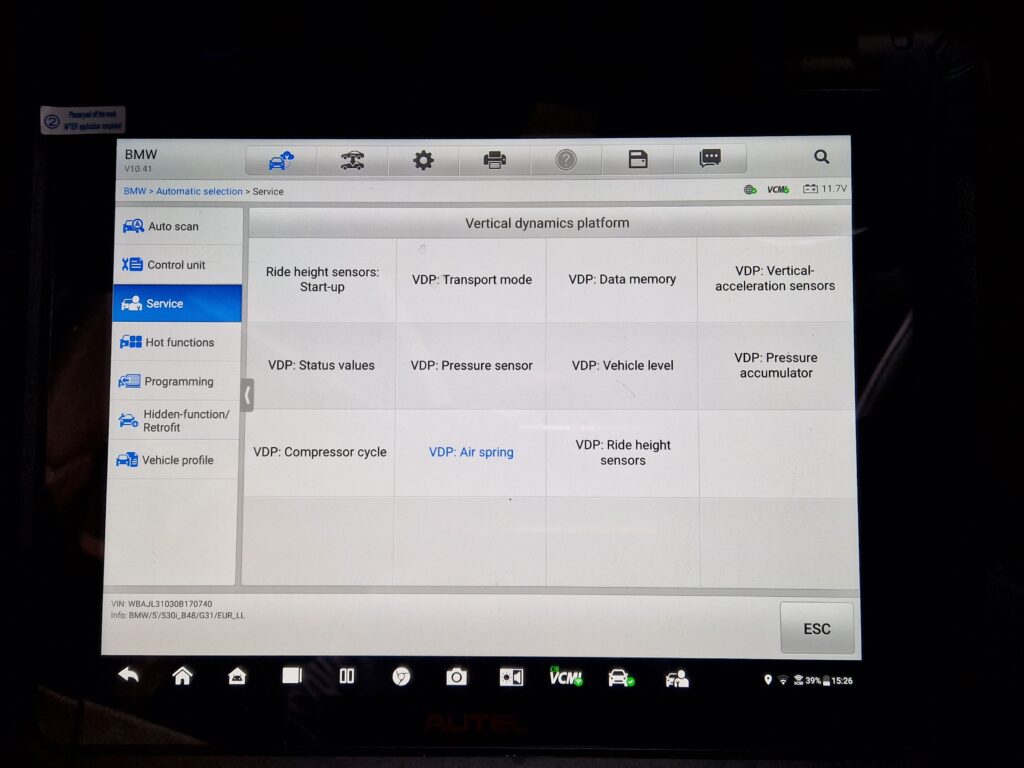- Tips & Tricks
- 0 likes
- 16553 views
- 0 comments
When technicians talk about wheel alignment, they are referring to the adjustment of the vehicle’s suspension to align the angles of the tires according to the manufacturer’s specifications. Tire misalignment can be the result of hitting a curbstone too hard, driving through a large pothole at high speed, or a collision, and also after repair or replacement of steering and suspension components. Since air suspension is a part of the vehicle suspension, it can influence the wheel alignment process after a replacement or repair.
Not all air suspension components influence wheel alignment. Components that take care of the air distribution such as the compressor, valve block, pressure reservoir, and air lines do not interfere with the vehicle’s camber, toe, and caster. Air struts however, do play an important role since they are part of the suspension that connects the wheels to the vehicle.
Impact
Arnott recommends always checking the wheel alignment after an air strut replacement. Wheel alignment is mostly affected by the front suspension. Rear alignment is usually not necessary when replacing rear air struts, shocks and/or air springs. In most cases the rear suspension has fixed mounting points which cannot be adjusted and therefore replacements do not influence the vehicle alignment. It should be noted, however, that when a front air strut is replaced and has been removed from the clevis, the alignment is affected, especially when a control arm was detached as well.

Difference with coil spring systems
One major difference between wheel alignment of coil suspension systems and air suspension systems is that a ride height calibration is necessary before starting the wheel alignment procedure. The height sensors need to be calibrated to the predetermined ride heights to ensure that the vehicle is 100% level and according to manufacturer’s specifications before starting the actual wheel alignment procedure.
Height calibration is vehicle model-specific, meaning the values can vary slightly between models and also within the same model. Always follow the manufacturer’s instructions on how to calibrate the vehicle and what the predetermined heights and values should be. If the vehicle is not completely levelled, wheel alignment is nearly impossible because the base line is incorrect. When the car is not levelled, the control arms of the vehicle’s suspension are in a different position and angle. Since air suspension has the capability of changing the ride height of the vehicle, wheel alignment based on an unlevelled car can really be exposed by changing ride height.

Luckily, with most alignment equipment, the height calibration for air suspension is incorporated into the procedure. If selected, it will most likely ask if the vehicle has been calibrated. The alignment criteria/values for a vehicle with air suspension will differ from its model without. Therefore, it is important to make sure the right criteria for the vehicle that is being worked on is selected by using the value spectrum indicated by the alignment equipment that matches the air suspension vehicle. That is why calibration is key for air suspension vehicles before starting the wheel alignment procedure.


Comments (0)